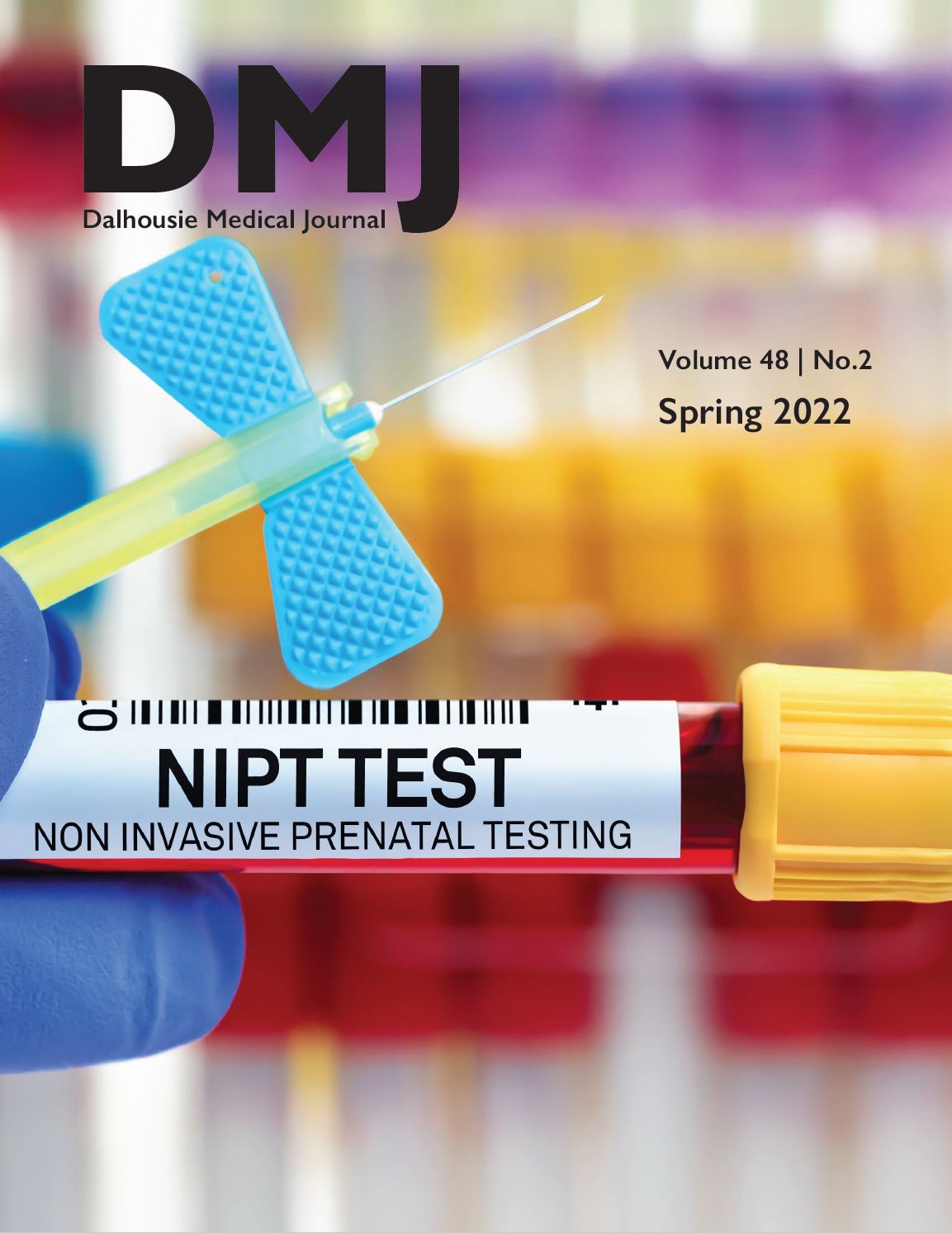Workers‘ compensation board claims and emergency department diagnostic management of non-specific low back pain
DOI:
https://doi.org/10.15273/dmj.Vol48No2.11472Abstract
Background: Low back pain is a leading cause of disability worldwide and results in enormous healthcare and lost productivity costs. Guidelines exist to guide the management of low back pain, but guideline adherence varies.
Objective: This study assessed whether initial presentation to the emergency department for non-specific low back pain with a Workers‘ Compensation Board of Nova Scotia claim was associated with different diagnostic management from non-claimants.
Methods: In this retrospective cohort study, we analyzed administrative data from four emergency departments in Nova Scotia on 18,337 adult patients who presented for non-specific low back pain between July 15, 2009 and May 1, 2019. All data were retrieved from the Nova Scotia Health Authority Emergency Department Information System.
Results: Patients had a mean age of 43 years and 51.3% were female. Most patients were assigned a Canadian Triage Acuity Scale score of 3 (51.9%) and reported moderate (51.2%) to severe pain (41.5%). Occupational injuries consisted of 11.6% of visits. More than 37% of patients received one or more diagnostic test. Patients with occupational injuries were less likely to receive diagnostic tests (odds ratio [OR] = 0.52, 95% CI 0.47 to 0.58), imaging (OR = 0.60, 95% CI 0.54 to 0.67), and laboratory tests (OR = 0.35, 95% CI 0.29 to 0.43). These results remained consistent when controlling for covariates.
Conclusion: Patients who presented to the emergency department for occupational non-specific low back pain were less likely to receive diagnostic tests compared to non-occupational non-specific low back pain patients.
Downloads
Published
How to Cite
Issue
Section
License
Authors who publish with this journal agree to the following terms:
- Authors retain copyright and grant the journal right of first publication with the work simultaneously licensed under a Creative Commons Attribution License that allows others to share the work with an acknowledgement of the work's authorship and initial publication in this journal.
- Authors are able to enter into separate, additional contractual arrangements for the non-exclusive distribution of the journal's published version of the work (e.g., post it to an institutional repository or publish it in a book), with an acknowledgement of its initial publication in this journal.
- Authors are permitted and encouraged to post their work online (e.g., in institutional repositories or on their website) prior to and during the submission process, as it can lead to productive exchanges, as well as earlier and greater citation of published work (See The Effect of Open Access).


